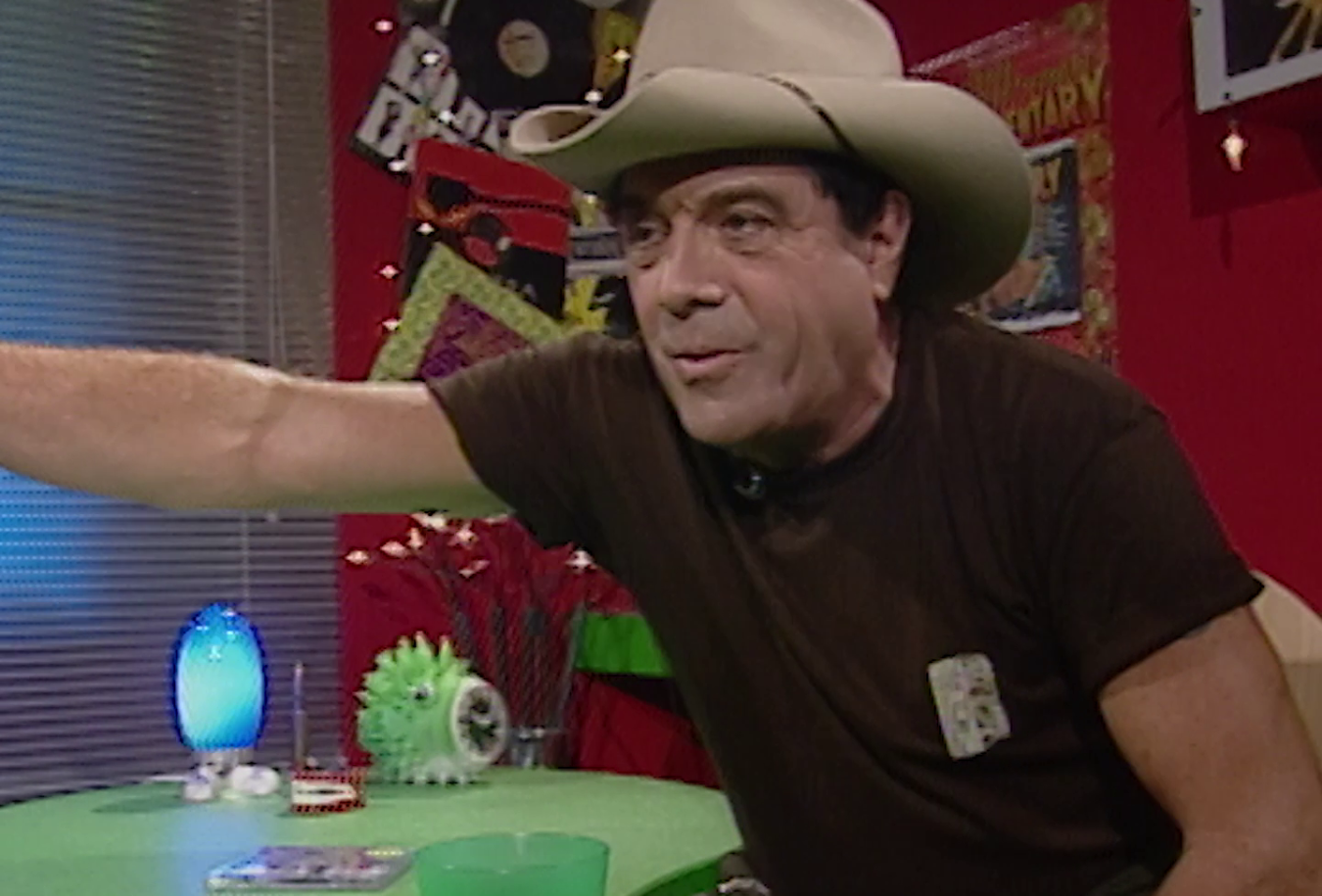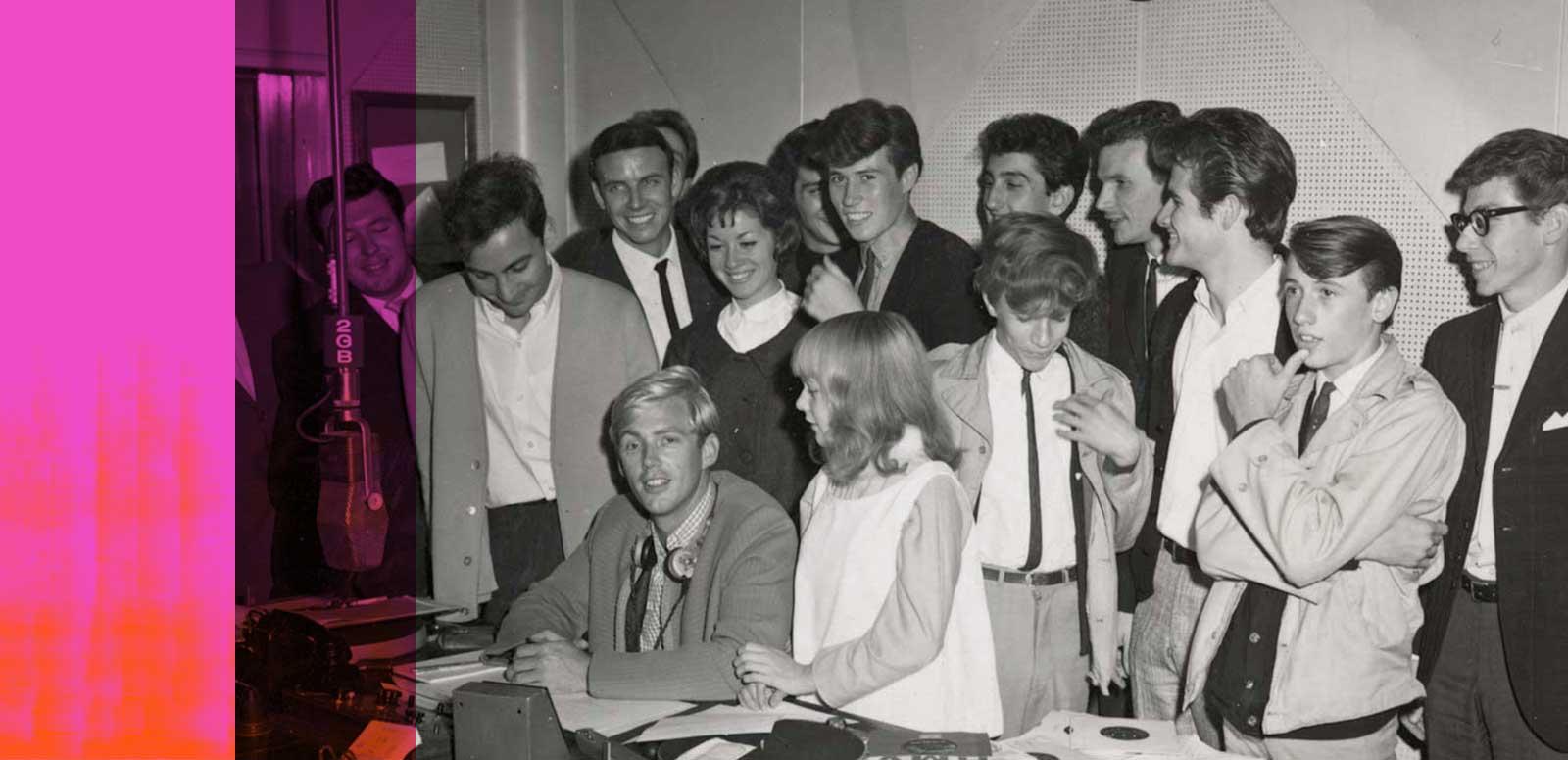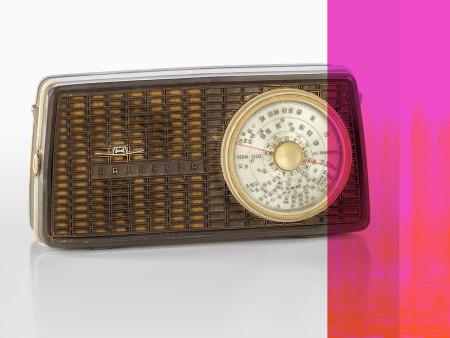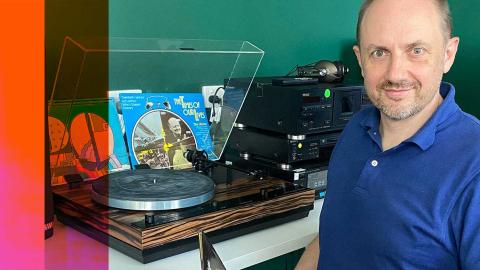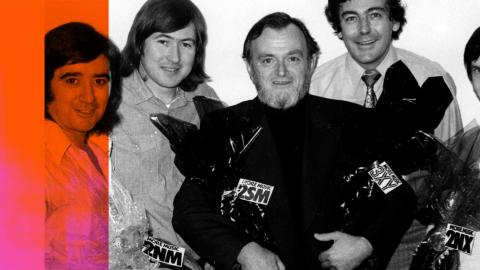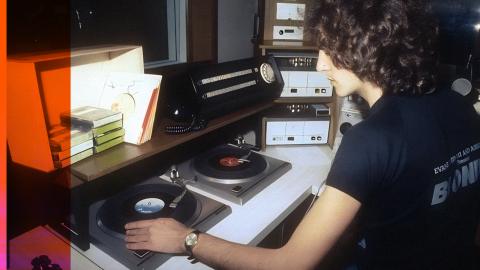The radio becomes portable, and a kind of mania – Beatlemania – grips the nation as the popularity and powers of DJs and presenters grow, and audiences find a connection in the once-illegal talkback radio.
This feature is part of the NFSA's Radio 100 celebrations.
By Caris Bizzaca
